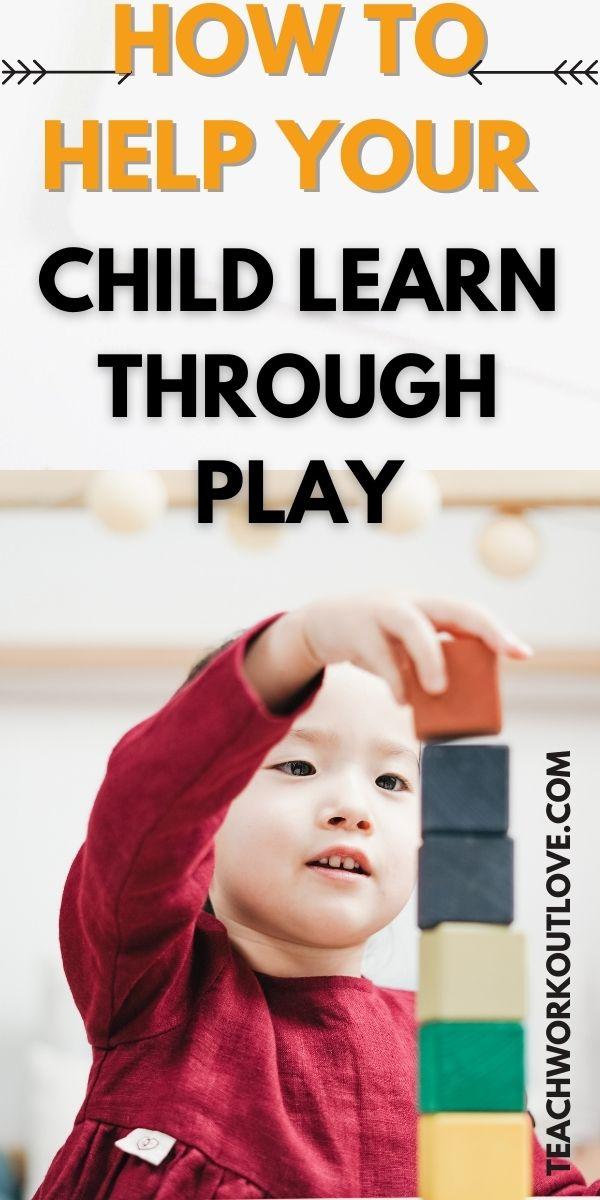
As a parent, you want to provide your child with the best life possible and make sure they have plenty of opportunities for success. In order to do that, you have to start on time, meaning that you need to think about your child’s education from an early age.
Reading bedtime stories to your little one every night and encouraging them to communicate while they’re very young are all good approaches that will encourage learning. However, another method that is quite useful is learning through play. Play is often underestimated as a learning tool but it actually helps kids develop various skills. What is more, learning and playing learning and playing are intertwined activities that go hand-in-hand and allow kids to really absorb everything that they discover.
So, what steps can you take to help your child learn through play? Besides enrolling them in a centre that believes in the power of play, you can also try implementing the following activities into your kid’s playtime. Keep on reading.
Let them play with water
If you have a backyard, playing with water is the ultimate summer activity. Provide them with various buckets and containers and give them some floating toys to help them imagine an interesting scene. By playing with water, kids can experiment with some basic concepts like volume as different vessels will have different amounts of water in them. Then, they can also learn that every action has a consequence if they spill the water. Finally, balancing containers full of water can lead to hand-eye coordination as well as increased physical strength.
Build things together with sand
- Source: freepik
Something else that will encourage learning is playing with sand. In addition to learning about the volume of certain moulds, they can also learn how digging, scooping, pouring, and building work. This activity can also build muscles and develop better coordination. If you have friends with young kids, you can take them to the beach together and encourage sharing and teamwork. This will promote social skills as well.
Give playdough ago
If you don’t have access to a beach and sand, you can still help your child work on their creativity and hand-eye coordination. Playdough is a great way to enhance fine motor skills as there are various shapes your kid can make. For instance, in addition to play dough, they can incorporate beads into their creations as threading can both make them more skilled and improve the look of the final product.
Play with blocks, jigsaws, and shape sorters
- Source: freepik
To lay the foundations of recognizing shapes, sizes, and colours, give your child various blocks to play with. This will also help their spatial thinking and logical reasoning. For younger kids, you can consider shape sorters that are easy to master. Older kids can start building Legos and create various structures. Finally, you should also consider puzzles and jigsaws for kids that are a bit older. That will help them with matching shapes and ordering pieces. If they are having some trouble, in the beginning, you can help them by showing how things are done. After that, let them try it on their own. Of course, you want some easy puzzles in the beginning and not some 1000-pieces ones made for experts.
Try roleplaying and imagining various scenarios
Reading to your children will surely spark their imagination. But, you also have to let them express it in a productive way, which is why you should try roleplaying. Give them various clothes and props and allow them to dress up as whatever they want. In that way, you will see where their interests lie and how you can encourage them to pursue these. Roleplay is an amazing way to bring countless scenarios to life, so whether you want to imagine you are in a grocery store to teach them about healthy foods or if you want to show them how to solve a conflict, you can employ this technique. What is more, notable early learning centres also put an accent on imagination and learning through play, which is why you need to look for a kindergarten that has a quality curriculum.
Introduce dolls into play
In certain cases, you or your child’s teacher will not be available to help them create an imaginary scenario. Seeing as how you still want your kid to play and be creative, you can provide them with dolls that will help develop their social play and skills. Besides encouraging expression, this can also help them label their feelings.
Encourage drawing and painting
- Source: freepik
Another method that can help with the expression and labelling of emotions is art. Whether they want to draw, paint, or simply do some colouring, let your kid run wild. There is no need to stay within the lines or follow any rules; allow them to express themselves to the fullest. If a piece of paper is not enough, get some chalkboard paint and give them an entire wall to draw on. Furthermore, this will allow them to learn about various colours and how they are mixed as well as teach them that they need to clean up after themselves once they’re done creating.
Take them out into nature
We already mentioned playing with water and sand outside. However, there is so much more to do in the great outdoors that can be beneficial for your child’s development. From learning about the planet and all the amazing creatures and plants that inhabit it to further working on their gross motor skills, use this multisensory experience to the fullest to make sure your kid gets an appreciation for nature.
Don’t overlook physical activity
Finally, young kids have the need to always be on the move. Your role as a parent is to allow them to do so while providing them with a safe space. Help them take risks and develop their confidence and resilience in a controlled environment. Running and jumping around, climbing, swinging, and going through various obstacle courses will all help your little one in the long run.
From putting them in various situations while roleplaying to encouraging them to run around all the way to teach them about shapes and colours, there are various ways how you can help your kids learn through play. There is no wrong activity to try here, the only bad thing would be ignoring this useful approach.









